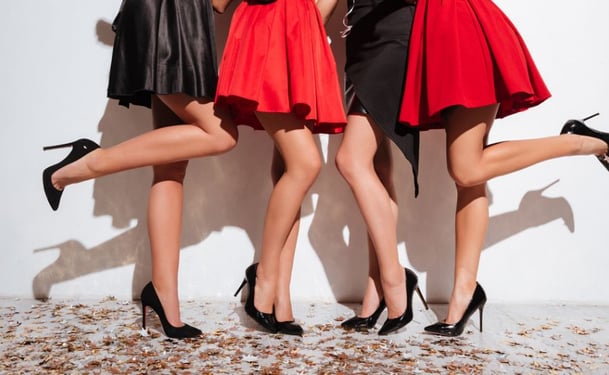Varicose veins may appear as people age or become pregnant. When inefficient valves in the veins allow blood to flow backwards, blood begins to pool, causing the veins to expand. Varicose veins have been associated with several painful symptoms including heaviness and aching in the legs, as well as swelling, itching and cramping. This is not to mention the self-consciousness the darkly colored, bulging veins may cause in some patients.
Minimally- or Non-Invasive Procedures
Fortunately, there are solutions to varicose veins that have been shown to eliminate both the painful and embarrassing symptoms of the venous condition. Endovenous laser ablation is a common procedure that utilizes energy from a laser fiber to heat the vein from the inside, causing the vein wall to collapse, shrink and eventually disappear entirely. The fiber is inserted into the problem vein, but no stitches or general anesthetic is required.
Sclerotherapy is another common procedure used to treat venous conditions. However, sclerotherapy is not effective in treating larger varicose veins. Instead, it is commonly used to treat spider veins or small varicose veins. A chemical sclerant is injected into the vein to irritate the vessel lining, which also causes the vein to collapse, shrink and disappear.
Neither treatment requires a general anesthetic and patients are usually able to resume their normal activities within a day, if not the same day. Other minimally- or non-invasive procedures for treating varicose veins include ambulatory phlebectomy, VNUS, radiofrequency occlusion and various laser treatments.
Surgical Options
Until the introduction of minimally- and non-invasive treatments, surgery was commonly used to remove varicose veins. Vein stripping and ligation procedures are still used today, although more and more doctors and patients are turning to less invasive techniques.
Lifestyle Changes
Some patients may be encouraged to make certain lifestyle changes to prevent future varicose veins from appearing. Walking, jogging or running is a good way to promote healthy circulation. Exercising also helps patients lose weight, which may help to take pressure off of the legs.
Some physicians also recommend elevating the legs to aid the veins in returning blood to the heart. The veins are constantly working against gravity. Raising the legs above the heart may be beneficial in improving circulation.
Vein specialists may have other recommendations or may offer additional treatments. Patients are encouraged to consult with a trained and experienced professional for further information.



